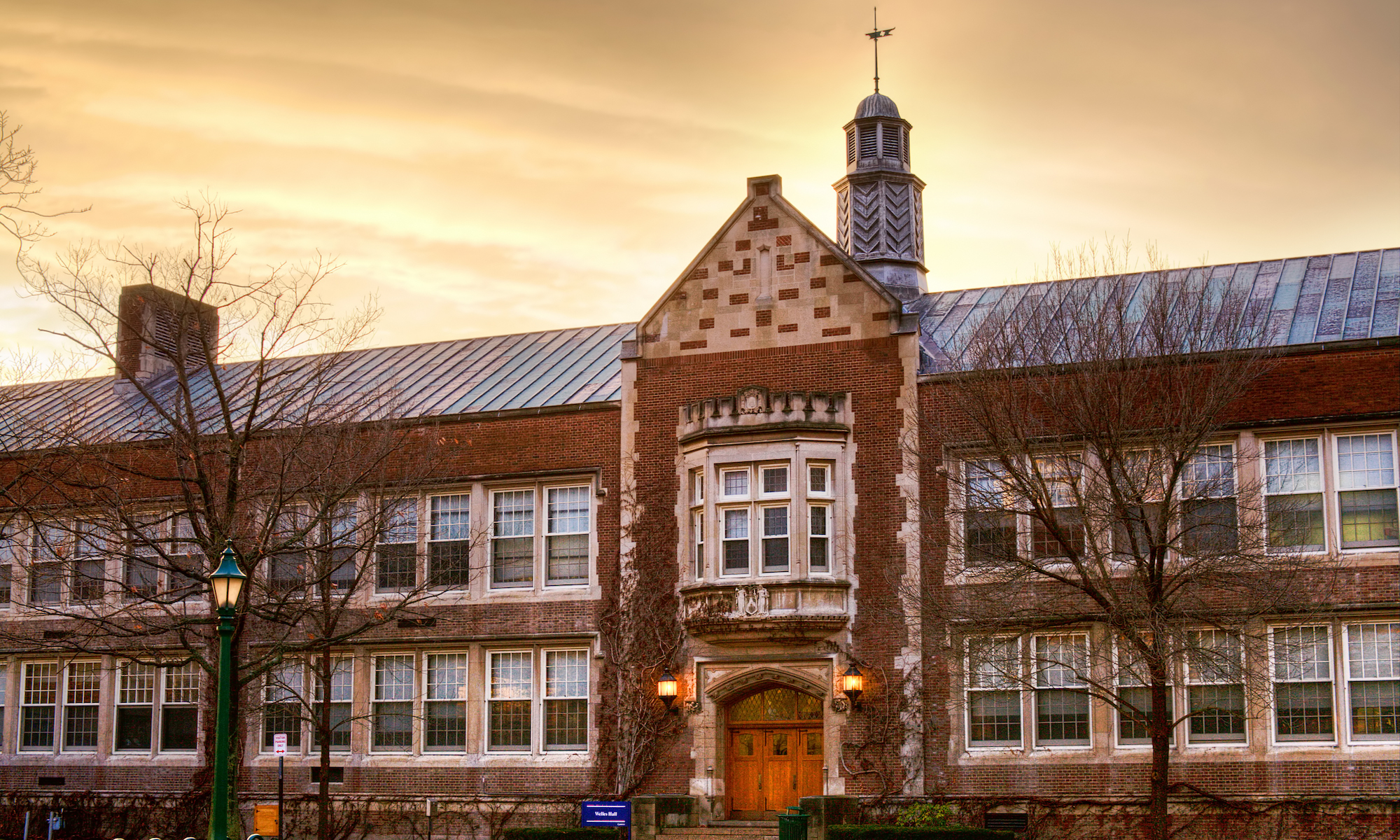A few days ago I walked to the Concord Art Association Museum and Gallery. The admission to the museum was free and it is within walking distance from the Inn, making it easily accessible. There were many beautiful exhibits including images of people made out of bronze covered tree branches. The exhibit that struck me as the most interesting took up the entire second floor of the gallery.
Once upstairs the walls were covered in large paintings of a tree house. The paintings were spread across the room completing a 360 view of the tree house and the surrounding forest. The painter, Nick Miller, first discovered the tree house at the Albers Foundation in Connecticut. Miller recalls his first sight of the tree house: “It was like a fairytale that first evening, climbing up, I fell asleep up here, then woke to the evening forest: and a kind of epiphany; that this was the place I needed to be.” He spent approximately seven weeks on the platform painting a panoramic view of nature.
Miller’s retreat into nature reminded me very much of Thoreau’s stay at Walden Pond. While Thoreau retreated to the Pond he wrote Walden and Civil Disobedience. While Miller retreated to nature he painted beautiful portraits of his forest. Both artists were working on some of their greatest pieces during their time in nature. Thoreau and Miller, for the majority of the time, stayed in nature while completing their works. Thoreau stayed in his cabin while Miller often slept on the platform of his tree house. Both of these artists also showed great respect and adoration for the bodies of water they had settled upon. Miller spent a lot of time at the nearby man-made “Anni’s Lake.” He states, “I’d go for a walk in the evening by the lake, and absorb its beauty.” In The Ponds chapter Thoreau writes, “A lake is the landscape’s most beautiful and expressive feature. It is Earth’s eye; looking into which the beholder measures the depth of his own nature.”
It is very interesting to see the artwork of a modern day Thoreau figure. Miller’s 2009 painting is just another expression of Thoreau’s 19th Century ideals.
Katie




